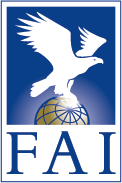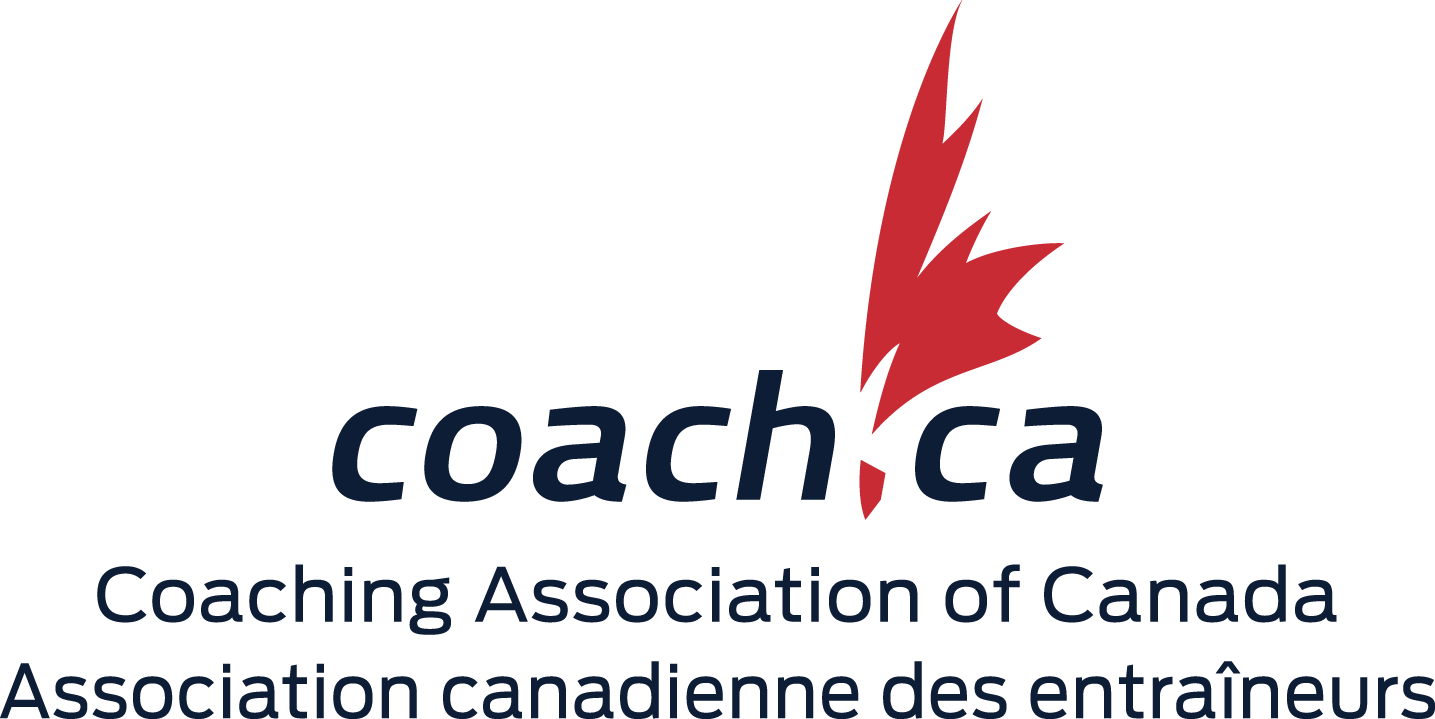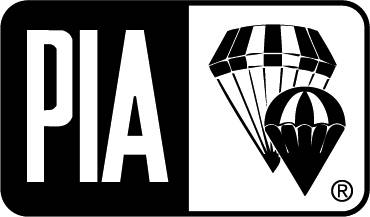2 Way Formation Skydiving
Introduction
One of the requirements to achieve an "A" CoP is that the applicant must complete the 2 Way FS Endorsement. A skydiver requires an "A" CoP prior to participating in 2 Way jumps with a "B" CoP holder, who has at least 100 jumps and has been granted approval by a Coach 2 to partake in such jumps. This system allows the new "A" CoP holder to practice the skills learned in the 2 Way FS endorsement with another competent participant. Prior to participating in group skydiving (3 or more skydivers), one must attain the "B" CoP which includes the Group FS Endorsement and the written exam, as well as other practical requirements.
The 2 Way FS
The participant must complete Stages 12 and 13 of the Recreational Skills Grid which include:
- Preparation:
- relaxation
- mental practice
- In flight:
- spotting for 2 ways
- Freefall:
- level control
- pin practice
- docking procedures / grips
- break-off procedures
- Canopy Control:
- riser manoeuvres
- canopy avoidance drills
- Technical Information:
- FS signals
- jumpsuit selection
- the use of weights
The 2 Way FS endorsement requires a minimum of 5 training and evaluation jumps with a Coach 2, as detailed below. The end goal is that the novice skydiver can perform the following in a 2 Way formation skydive:
Get there – Stay there – Get away!
It should be as simple as it sounds: the novice should be able to keep relative to the Coach 2 following the exit, maintain their relative control in both horizontal and vertical planes, and be able to move a safe distance away from the 2 way at break off. The following are suggestions to help maximize the learning for this endorsement.
Exits
Exits should be free-flown (no grip) to make the novice fly his/her body and maintain heading control. For many of the dives, the novice should work on their Diving exit, while the Coach 2 leaves poised at the same time. Later on, you can experiment with variations to exits. During the first jump(s) the Coach 2 compensates for levels while the novice deals with closing a short distance (2 m horizontally for Proximity Drills, or 1m vertically for Level Drills) using only leg extension to provide forward movement. The Coach’s responsibility is to provide a fixed target for the novice to aim for while ensuring that they do not back up, but compensating for minor proximity differences from the novice so that the novice has a high success rate of getting to the coach.
Docking
The novice docks with the coach palm-to-palm (no actual grip), monitors altitude after each manoeuvre and calls break-off at the appropriate altitude (e.g. 4000’ minimum). A recommended grip for these docks is a “palm pressure grip”, in which the Coach 2 holds their palms up facing the novice and the novice places their palms against the Coach’s and maintains them with light positive forward pressure [Picture or Diagram?] This exercise teaches the novice that they must fly “relative”, applying slight positive forward pressure into the Coach, rather than taking physical grips and hanging on.
Break-off
It is very important for the novice to check their altitude and always follow proper break-off procedures. For the Solo working on the 2 Way Endorsement, the minimum requirement is that they can “Get Away!” This requires only turning from centre, and moving forward for 3 seconds, using the legs only, in a straight line toward a target on the horizon, stopping, waving and deploying at the pre-set altitude. Note that this is not a track, but it does provide an exercise on which to build the break off routine.
Freefall Exercises
The progression may begin with either Proximity or Level drills, but the two should not be combined until the novice has demonstrated that they are capable of closing the gap in both dimensions.
Prior to beginning any Formation Skydiving drills, the Coach should ensure that the novice is falling:
- flat, and
- In a neutral (box or mantis) position
Any hard arch at the hips, a chest arch, or de-arch at the hips (bum-high), should be corrected before working on relative flying skills.
For the Proximity Drill, the Coach 2 will maintain levels up or down as the novice closes a 2m gap using Initiate-Coast-Recover or Start-Coast-Stop; in this exercise, the novice should focus on horizontal proximity only. Once contact has been made, using palm grips, the novice should neutralize the body position and check altitude prior to continuing. (Note: Chest altimeters worn by the Coach 2 and novice are a great asset.) The Coach will then back off another 2m for the next practice. This exercise may take 1 or two jumps to achieve.
The other basic skill is Level Control. For these jumps the Coach 2 will provide a fixed target either 1m lower, or 0.5m higher than the novice. The novice should maintain a flat, neutral (box) body position throughout the dive except for movement of the hips to move down or up to match the Coach's level. The novice should be capable of matching fall rates and docking four times (twice up and twice down) prior to moving on. The goal is controlled level maintenance for small amounts of vertical separation (2m or less down, 1m or less up).
The key focus for a level drill is using the hips. Keeping the neutral body position, the jumper should focus on pushing the hips forward or down in order to increase descent rate, and should raise the hips only to decrease descent and thereby go up. The method of decreasing fall rate by cupping the entire body should be avoided at this stage in the novice's progression.
When the novice is comfortable with these basic skills, it is time to focus on the details, if they have not already been added. These details should include spotting for 2 ways, formation exit count (Ready-Set-Go is a skill which requires practice!), various exit positions, exit grips, in-air FS signals, various freefall grips, docking situations, safety issues, altitude awareness, riser manoeuvres and canopy opening avoidance drills.
Tracking can be introduced at any time, preferably after the basics are solidified; but it is critical that when introduced, an ENTIRE skydive be devoted to just tracking. One should NOT try tracking for the first time when they are at 4000 ft. The pressure of limiting altitude, not being able to see the altimeter and knowledge that it is getting close to pull time, is too distracting and dangerous. Tracking should not be introduced until after the novice has displayed good forward heading control using only the legs. Click here for the link Coaching the Track.
Following is one example of a 5-jump drill and evaluation program; it can be tailored to the particular drop zone or aircraft in use. Note that each jump may have 1 or more Training jumps prior to these actual evaluations. Variations can be made to this program; however, incremental development and progression is essential.
2 WAY FORMATION SKYDIVING ENDORSEMENT
Jump 1-2 - Proximity Drill, No Levels
Skills:
- Box man position: novice body position is flat and neutral
- Closing 2m horizontal distances,
- Coach 2 will compensate for level differences
- Docking using palm pressure grips only, no holding
Break-off: flat, forward horizontal movement using legs only; arms should remain in Box position; focus should be on external target toward the horizon; 3 second count.
FS signals: legs out, stop, relax, flatten arch, altitude check
Pass Criteria: Minimum 3-4 pins from 9,500', more if higher altitude
Jump 3-4 - Level Control, Normal
Skills:
- Box man position: novice body position is flat and neutral
- No docking: Coach 2 will provide minor proximity corrections; major corrections require intervention or Proximity drill practice
- 1m down: should be greater focus
- 0.5m up: emphasize use of de-arch at Hips only (prior to widening the body stance which can be introduced later)
Break-off: forward horizontal movement using legs only, introduce slight flattening or de-arch at hips; arms should remain in box position or wider; 3 second count.
FS signals: legs out, stop, relax, flatten arch, more arch, altitude check
Pass Criteria: Minimum 2 down and 2 up from 9,500', more if higher altitude
Note: the training can be reversed, starting with Levels then introducing Proximity. In either case the Coach 2 is responsible for helping to maintain proximity. In the event of a back slide by the Novice, the coach should show the Legs Out signal. If no response, the Coach 2 should stop in place, until the Novice recognizes, and corrects, this problem
Jump 5+
Would start to combine Proximity and Levels in a tighter, more responsive fashion. Less distance is covered, and movements should become sharper and show better control with a quicker response time. “Follow the leader”, keeping within short distance parameters, is a good control exercise.
Remember the Goal:
- Get There: maintain heading control and proximity during a close, no-link exit
- Stay There: maintain close proximity and level control for a 2 way
- Get Away: able to provide horizontal separation in a straight line from a 2 way
More skills can be developed after the novice is proficient with Proximity and Levels, such as combining Proximity and Levels of 2m and 1m within a single dive.
Next Jumps
Turning and Docking: This may take 3 or more dives to complete using specific drills for each specific turn type, using the several examples in PIM 2B:
Skills:
- box man position
- docking
- turning, 1 type per jump:
- Knee (turning using the shoulder), or
- Shoulder (turning using the knee or leg), or
- Centre turn.
- communication
- maintaining levels
Break-off: forward horizontal movement with slight de-arch at the hips;
Pass Criteria: 3 turn types relative to coach from minimum 9,500'





